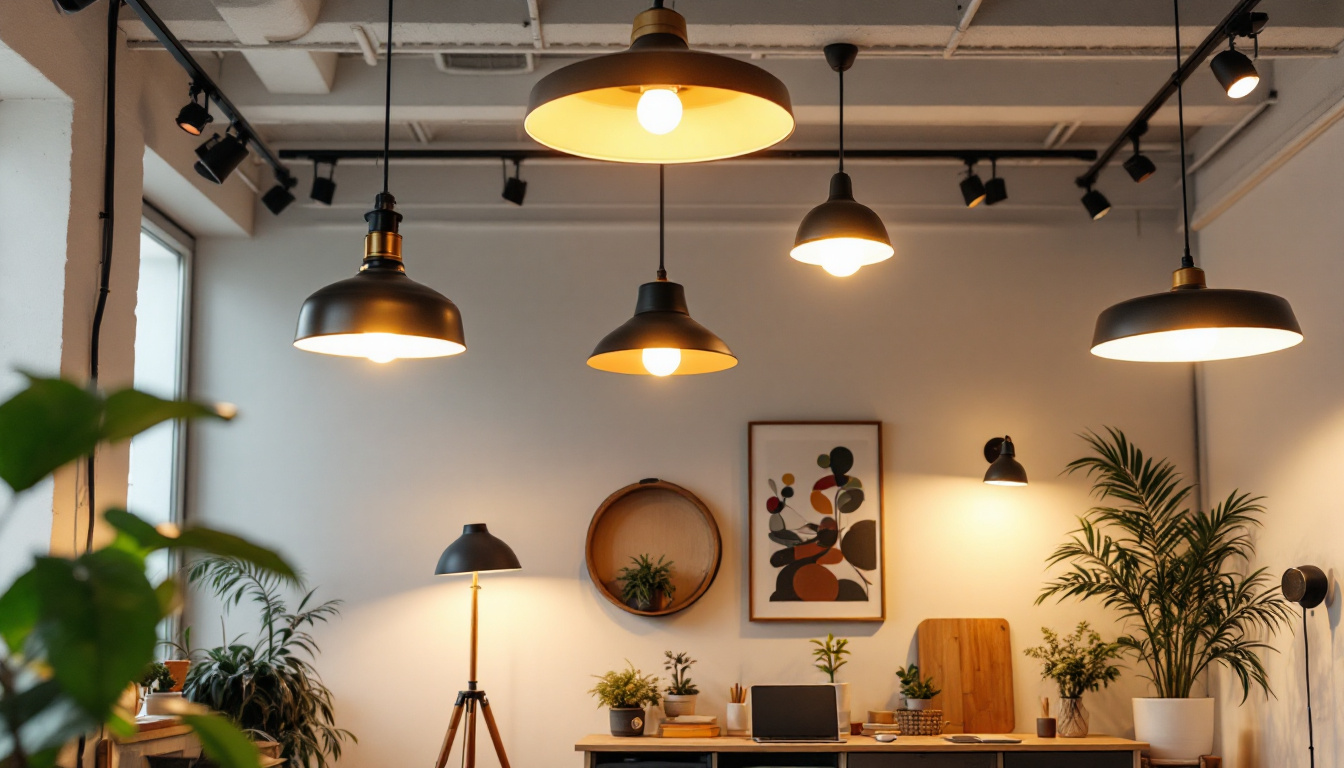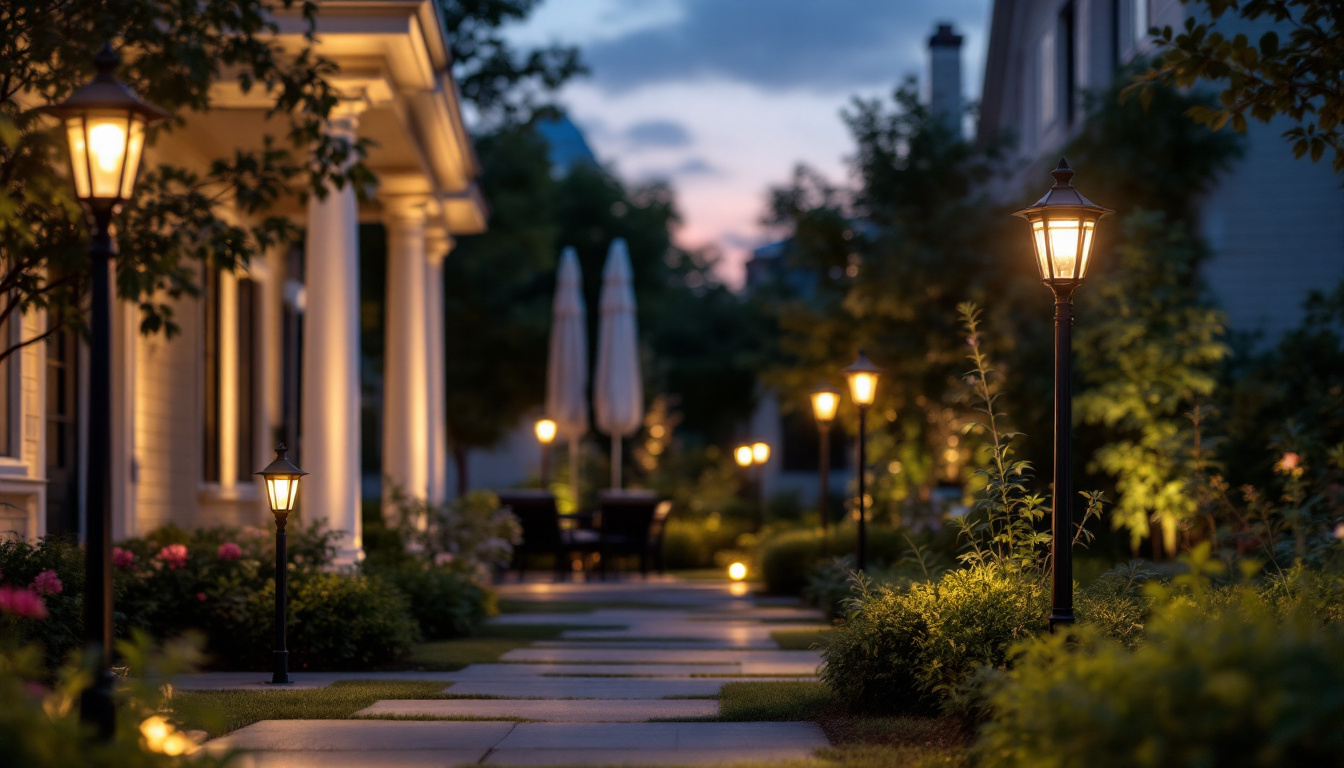
In the world of lighting installation, particularly in workshops, the importance of selecting the right lighting cannot be overstated. LED workshop lights have become the go-to choice for many contractors due to their energy efficiency, longevity, and superior brightness. However, choosing the right LED lights involves more than just picking a model off the shelf. This checklist provides lighting contractors with a comprehensive guide to ensure that every aspect of the installation is covered.
Before diving into the specifics of installation and selection, it’s crucial to understand the technology behind LED lights. LED, or Light Emitting Diode, represents a significant advancement in lighting technology. Unlike traditional incandescent bulbs, LEDs emit light through a semiconductor, which makes them more efficient and longer-lasting. This fundamental difference in how light is produced not only enhances brightness but also allows for a wider range of color temperatures, giving users the flexibility to choose lighting that best suits their needs and preferences.
One of the primary advantages of LED lights is their energy efficiency. They consume significantly less power than traditional lighting options, which translates to lower electricity bills. This is particularly beneficial in workshop settings where lights may be on for extended periods. Understanding the wattage and lumens output of different LED options can help contractors make informed decisions. Furthermore, the reduced energy consumption of LEDs contributes to a smaller carbon footprint, making them an environmentally friendly choice. As more businesses strive to adopt sustainable practices, the shift to LED lighting aligns perfectly with these goals, promoting a greener future.
LED lights have a lifespan that can exceed 25,000 hours, making them a cost-effective choice in the long run. Their durability also means they are less likely to break or fail, which is essential in a workshop environment where equipment and materials can be rough on lighting fixtures. Knowing the longevity of the products being installed can provide peace of mind to both contractors and clients alike. Additionally, many LED fixtures are designed to withstand extreme temperatures and vibrations, further enhancing their suitability for industrial and workshop applications. This resilience ensures that businesses can maintain consistent lighting without the frequent interruptions and costs associated with replacing traditional bulbs.
Moreover, the technological advancements in LED lighting have led to innovations such as smart LED systems, which allow for remote control and automation. These systems can be programmed to adjust brightness levels based on the time of day or occupancy, further optimizing energy usage. The integration of sensors and connectivity features not only enhances the functionality of LED lights but also provides an opportunity for workshops to create a more adaptable and efficient working environment. As the industry continues to evolve, the potential for LED technology to revolutionize lighting in various settings remains vast and exciting.
When selecting LED workshop lights, several key factors must be considered to ensure optimal performance and satisfaction. This includes brightness, color temperature, and fixture type.
Brightness is measured in lumens, and understanding how much light is required for specific tasks is crucial. Workshops often require bright, focused lighting to ensure safety and precision. A general rule of thumb is to aim for at least 300 lumens per square meter for workspaces. However, this can vary depending on the tasks being performed. For example, intricate tasks such as electronics assembly or detailed woodworking may necessitate higher lumen levels, possibly exceeding 500 lumens per square meter, to avoid eye strain and enhance accuracy. Additionally, the placement of lights can significantly influence perceived brightness; strategically positioning lights to minimize shadows can create a more effective working environment.
The color temperature of LED lights, measured in Kelvin (K), affects how colors appear in the workspace. A cooler color temperature (5000K to 6500K) mimics daylight and is ideal for detailed tasks, while warmer temperatures (2700K to 3000K) can create a more relaxed atmosphere. Understanding the specific needs of the workshop will help in selecting the appropriate color temperature. For example, if the workshop is used for painting or color matching, a cooler light may be more beneficial to accurately assess colors. On the other hand, if the space is used for more casual tasks or relaxation, warmer lighting can help create a comfortable ambiance. Balancing these needs is essential for enhancing both productivity and comfort in the workspace.
There are various types of LED fixtures available, including panel lights, high-bays, and strip lights. Each type has its own advantages depending on the layout and requirements of the workshop. For instance, high-bay lights are suitable for taller ceilings, while panel lights can provide a sleek, modern look for lower ceilings. Evaluating the layout and height of the workshop is essential in determining the best fixture type. Moreover, the choice of fixture can also impact energy efficiency and maintenance. For example, LED strip lights are often flexible and can be installed in tight spaces or along edges, providing targeted lighting where needed. Additionally, many modern fixtures come with features such as dimming capabilities or smart technology integration, allowing for further customization of the lighting environment to suit different tasks or preferences. This adaptability can significantly enhance the overall functionality of the workshop, making it a more versatile space for various projects.
proper installation of LED workshop lights is critical to ensure they function optimally and safely. Following best practices during installation can prevent future issues and enhance the overall effectiveness of the lighting.
Before installation, planning the layout is essential. This involves determining the placement of lights to avoid shadows and ensure even illumination throughout the workspace. A well-thought-out layout will maximize the effectiveness of the lighting and improve visibility for various tasks.
LED lights often require specific electrical setups. It’s vital to ensure that the existing electrical system can handle the new fixtures. This may involve checking the circuit load, ensuring compatibility with dimmers, and confirming that wiring is up to code. Consulting with an electrician may be necessary to address any concerns.
Safety should always be a priority during installation. This includes turning off power to the area where work is being done, using appropriate personal protective equipment (PPE), and ensuring that all fixtures are securely mounted. Following safety protocols not only protects the contractor but also ensures the safety of the workspace once the installation is complete.
Even though LED lights are known for their longevity, regular maintenance can help extend their lifespan and maintain optimal performance. Implementing a maintenance schedule can prevent issues before they arise.
Dust and debris can accumulate on fixtures, diminishing their brightness over time. Regularly cleaning the lights with a soft cloth can help maintain their efficiency. It’s also a good idea to check for any signs of wear or damage during cleaning sessions.
Keeping an eye on the performance of the installed lights is essential. If any lights flicker, dim, or fail to operate, it may indicate an underlying issue that needs to be addressed. Monitoring performance allows contractors to respond promptly and prevent larger problems.
Although LED lights have a long lifespan, they will eventually need to be replaced. Planning for replacements in advance can help avoid downtime in the workshop. Keeping a stock of replacement bulbs or fixtures can ensure that the workspace remains well-lit and functional.
While the initial investment in LED workshop lights may be higher than traditional options, the long-term savings can be substantial. Understanding the total cost of ownership is crucial for contractors and clients alike.
The upfront cost of LED lights can be a deterrent for some, but it’s important to consider the long-term savings. Reduced energy consumption and lower maintenance costs contribute to significant savings over time. Providing clients with a breakdown of these costs can help justify the initial investment.
Many utility companies offer incentives or rebates for switching to energy-efficient lighting solutions. Contractors should research available programs in their area to help clients take advantage of these savings. This can make the transition to LED lighting more financially appealing.
With a variety of LED workshop lights available on the market, knowing the popular options can help contractors make informed decisions. Here are some widely used types:
Ideal for workshops with high ceilings, LED high bay lights provide powerful illumination and are designed to cover large areas. They are energy-efficient and can significantly reduce electricity costs while providing bright, effective lighting.
These fixtures offer a sleek and modern appearance, making them suitable for workshops with lower ceilings. They provide even light distribution and can be installed in various configurations, enhancing the overall aesthetic of the workspace.
Versatile and flexible, LED strip lights can be used in various applications, from task lighting to accent lighting. They are easy to install and can be cut to fit specific lengths, making them a popular choice for workshops looking for customized lighting solutions.
Choosing the right LED workshop lights is a multifaceted process that requires careful consideration of various factors, from understanding LED technology to installation and maintenance. By following this comprehensive checklist, lighting contractors can ensure that they select and install the best lighting solutions for their clients, maximizing efficiency and satisfaction.
In the evolving landscape of lighting technology, staying informed and adaptable is key. As LED technology continues to advance, contractors should remain proactive in learning about new products and techniques to maintain a competitive edge in the industry. Ultimately, the right lighting can transform a workshop, enhancing productivity and safety for all who work within it.
Ready to elevate your lighting installations with the best LED workshop lights on the market? Look no further than LumenWholesale, where we provide contractors with the highest quality, spec-grade lighting products at unbeatable wholesale prices. Say goodbye to local distributor markups and hello to a vast selection of reliable, high-performance lighting that meets the most rigorous industry standards. With the convenience of bulk buying and the benefit of free shipping, you can secure premium lighting solutions at the best value — all without hidden fees or compromises. Make your next project shine and Wholesale Lighting at the Best Value with LumenWholesale.

Discover how to transform your studio with the perfect ceiling lights.

Discover the essentials of boosting your lighting sales in just five minutes.

Discover how LED outdoor patio lights can transform your business with our comprehensive guide for lighting contractors.

Discover essential insights into outdoor post lights that every lighting contractor should know.